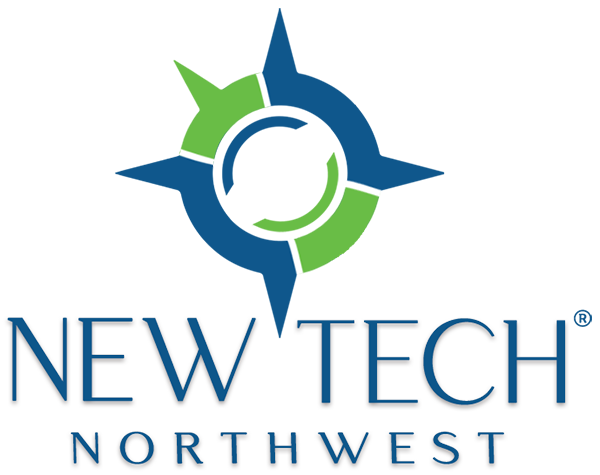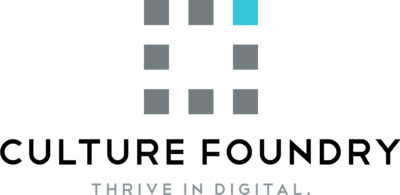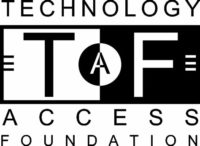 After meeting recently with friend of New Tech, and one of our alumni presenters, Ethan Goodman from Tech4Housing I was reminded of how can technology help ease our homelessness issue.
After meeting recently with friend of New Tech, and one of our alumni presenters, Ethan Goodman from Tech4Housing I was reminded of how can technology help ease our homelessness issue.
Locally we’ve seen another presenter alumni company, Samaritan continue to grow their impact in helping our neighbors experiencing homelessness with backing from Deloitte.
Last year, Bergen County, NJ became the first in the nation to achieve certification for ending chronic homelessness, defined as people without housing for a year or more. This achievement was made possible by a mobile biometrics-based data collection system that was initiated in 2010.
Fingerprint scanners helped collect information on the number of individuals requiring meals, showers, laundry, etc., painting a more accurate picture of the breadth of the homeless issue. This gave the county better ammunition for acquiring grants and increasing budget items.
Leave it to New York City to create an app for tackling the homeless issue. The city is currently rolling out StreetSmart for its outreach workers in all five boroughs. Until now, the people working with the homeless population kept personal files that were not interconnected.
StreetSmart offers a single city-wide database system that is easy to use and enables workers to upload and access information in the field. It’s particularly useful in New York City, where homeless individuals frequently travel between boroughs. The app ends duplicate data by creating a single case file per individual, thus enabling workers to better establish trust with the homeless population.
Seattle also has several technology-focused homeless initiatives. Just one of them is Oliver, a technology platform from Partners for Our Children. It streamlines administrative and data processes for social service providers, one subset of which works with teen runaways and homeless youth.
These outreach workers and organizations generally don’t have the resources to collect accurate data or have access to a shared database. If they did, they could work together to optimize services, getting youths more quickly off the streets. Oliver is intended to do just that.
There are other Seattle initiatives in play, such as Forterra and its first round fund of $10.25 million for refugee housing and affordable home ownership. But creative technology solutions may be the keys for developing real solutions to Seattle’s homelessness crisis.
What are your thoughts? Do you have a unique idea for addressing the issue?











